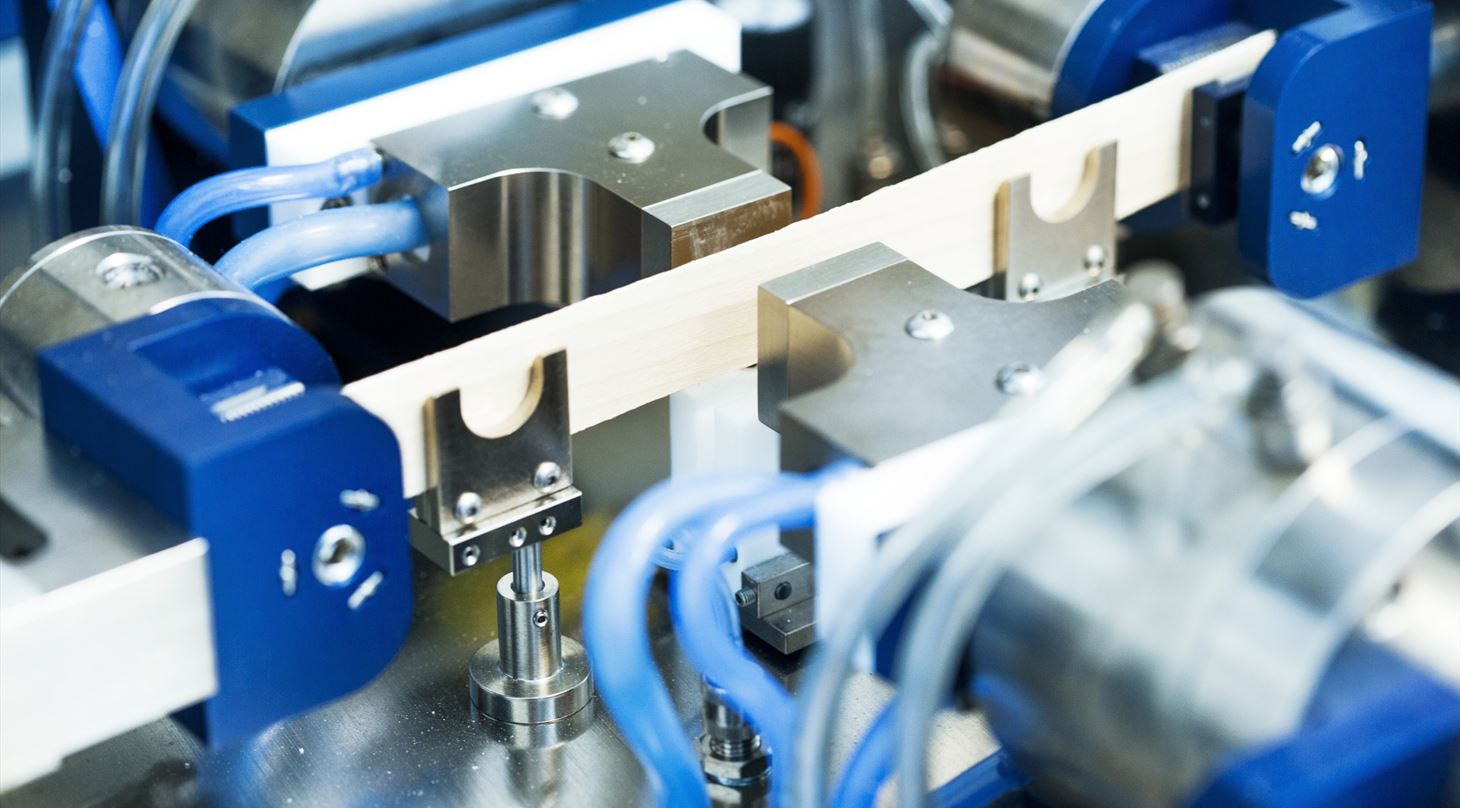
Development and testing of glue
At the Danish Technological Institute, we have extensive knowledge in developing and testing of glues. Let our experts assist you in developing new products (also biobased) or in improving existing recipes.
We have pilot and full-scale facilities that we use to develop paints, glues and impregnation agents for wood. Our facilities include among others an impregnation plant, a dissolver and an Automated Bond Evaluation System (ABES).
Our full-scale impregnation plant can be used for processes that include vacuum, pressure or heat to treat both small and large wood specimens. After the treatment, samples can be tested in our accredited laboratories.
The dissolver has a closed reaction container (15-20 L capacity) with a heat shield to ensure that heating and cooling is carried out under controlled conditions. It is possible to carry out the process under vacuum and thus concentrate a mixture to achieve a higher solid matter content. The equipment can be used for developing coating systems e.g. alkyd, acrylic, emulsions, etc. and formulation of glue, including formaldehyde-free systems such as protein-based glues. The equipment is also well-suited for developing water-based glues that must be cured by means of e.g. UV radiation.
ABES is state-of-the-art equipment for development and test of glue. By applying this equipment, a thorough evaluation of the drying profile of the glue is obtained i.e. to what extent factors such as curing time and temperature influence the strength of the glue.
Case: Protein-based glue
The purpose of the project was to develop protein-based glue for wood. During the process, we achieved a very highly viscous mixture in spite of relatively low solid matter content (20 %). This mixture was treated enzymatically in the dissolver and afterwards concentrated by evaporation. The final product had a solid matter content of 40-50 % and a viscosity of 300-500 cP making it well-suited for industrial processes.